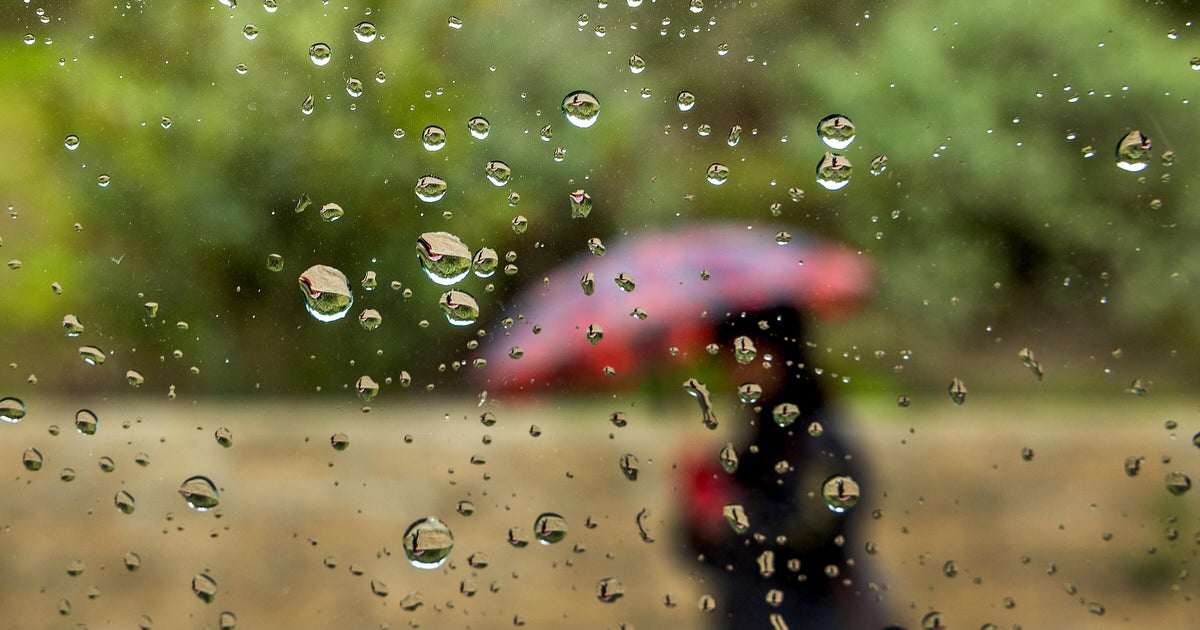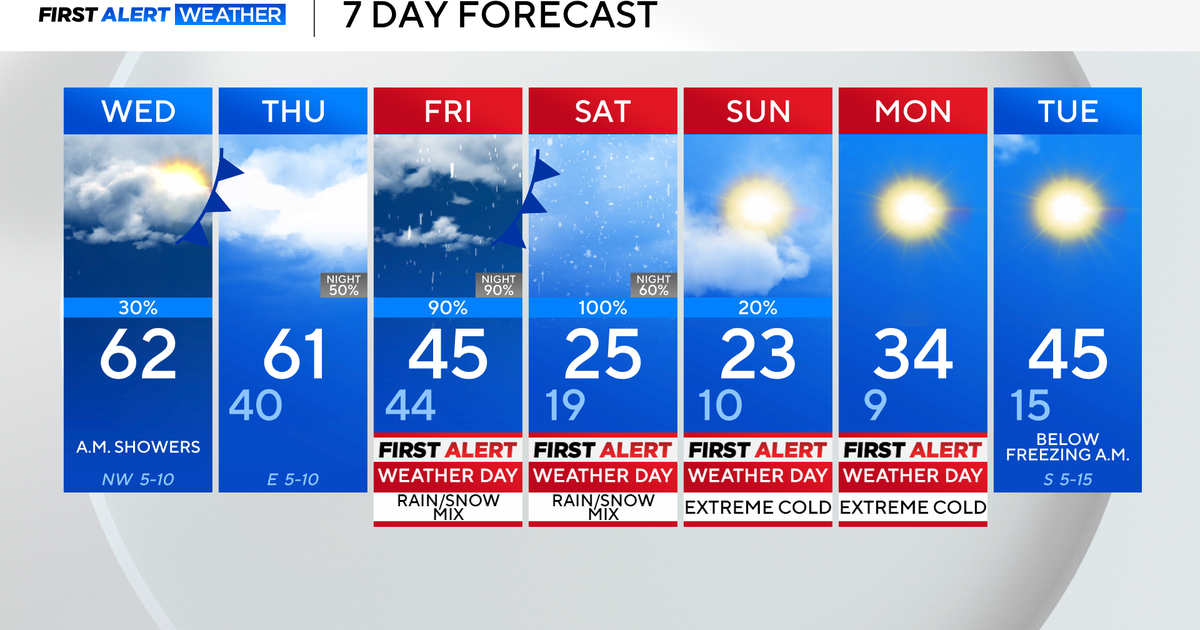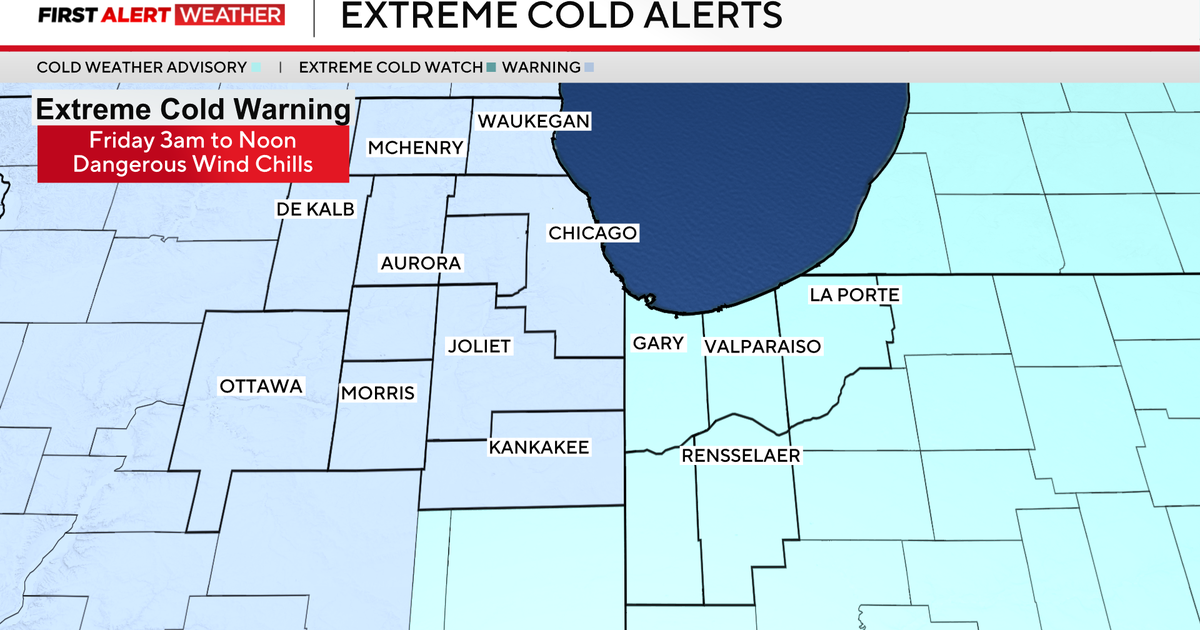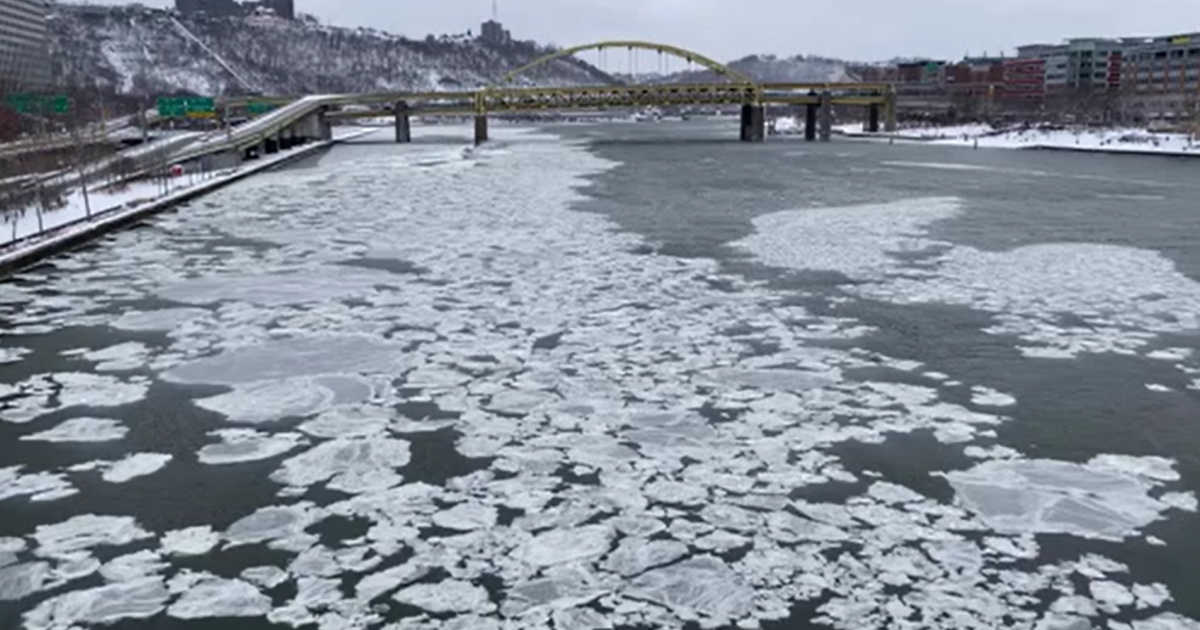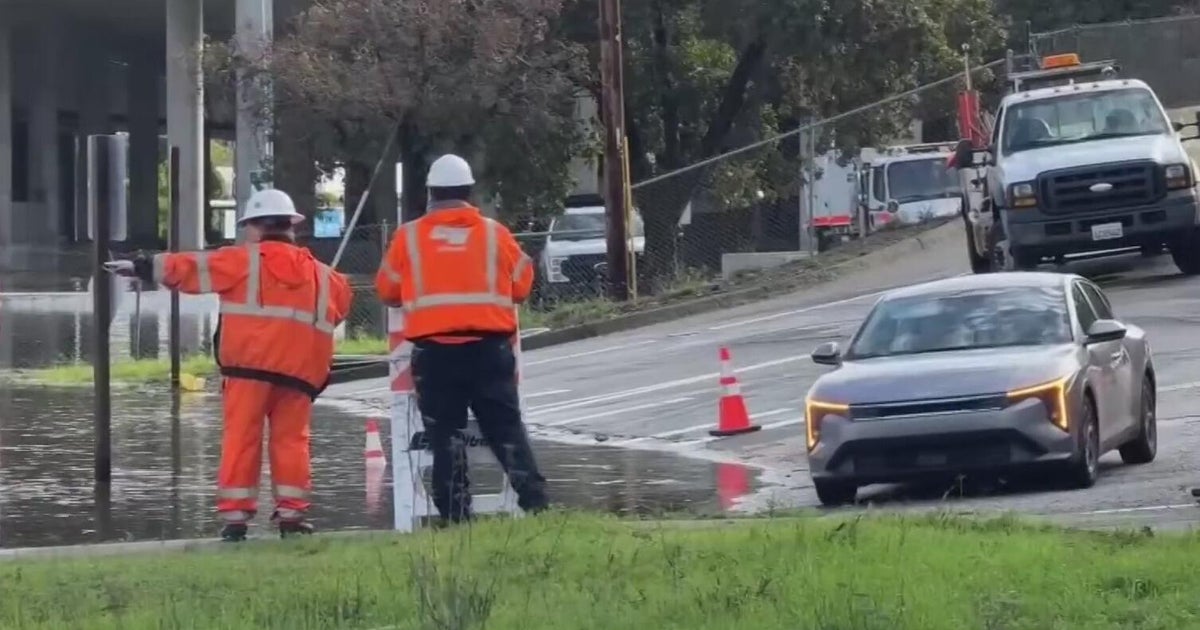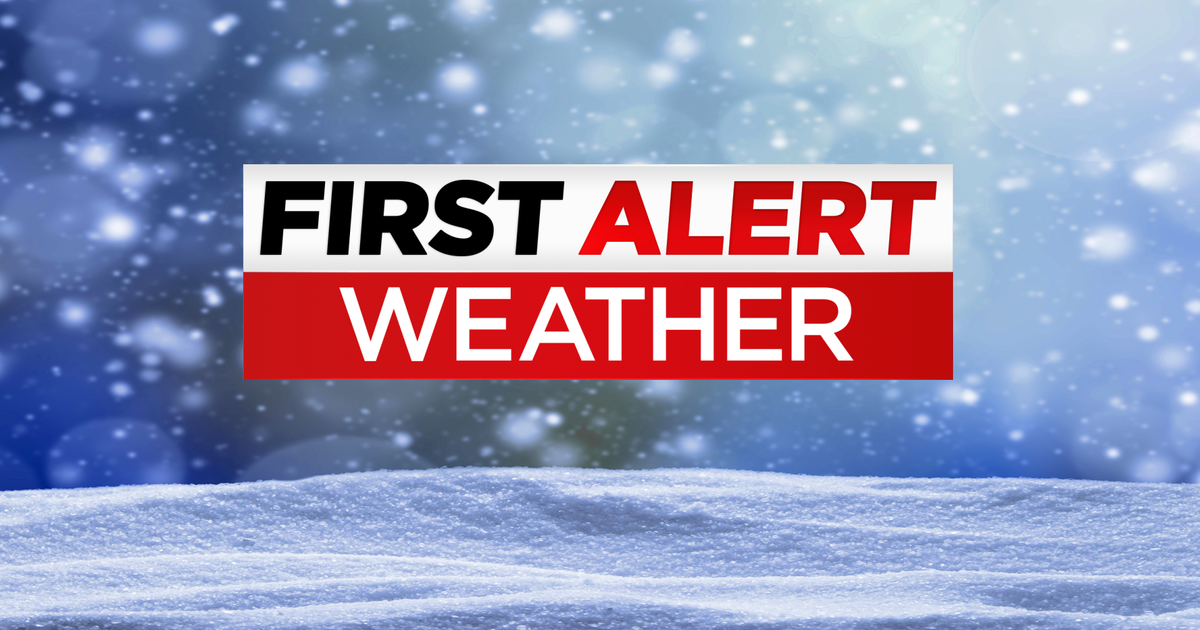Severe flooding in and around NYC: Why does it keep happening?
NEW YORK - In late September of 2023, New York City saw one of its wettest days on record as the remnants of Tropical Storm Ophelia made a second appearance in the region.
Before delivering catastrophic flooding that swamped the city and surrounding suburbs, Ophelia lingered in the area for multiple days prior, and brought a decent amount of rain. Both rounds of Ophelia capped off an already wet month, which set the stage for the flooding to occur. This led to the second wettest September ever recorded in Central Park.
Many daily rainfall records were set on 9/29/23, while John F. Kennedy International Airport recorded its wettest day on record.
As if the preexisting wet conditions weren't enough, rainfall rates during the height of the storm peaked at 2.75 inches per hour. Local infrastructure simply cannot handle rainfall rates that high, and thus major flooding ensued.
While no stranger to tropical systems, the New York metropolitan region has been in the crosshairs of five storms since just 2020, each bringing its own brand of misery. It is important to note that the majority of these storms were not even at peak intensity, or were just remnants, when they arrived in the region. Yet they caused considerable amounts of damage. Most notable were the remnants of Hurricane Ida in early September 2021.
Ida, a former category 4 hurricane, brought prolific amounts of rainfall with her, and unlike Ophelia, did so in a much shorter time span. Over the course of roughly eight hours, Ida produced 7.23 inches of rain, but most impressive was that 3.15 inches of that final tally fell within just one hour on the evening of 9/1/21. That hour was the wettest hour in New York City history.
Interestingly enough, that new record broke the previous record for wettest hour, which was set just a few weeks earlier when Tropical Storm Henri came to town. Before getting shattered by Ida, Henri's short-lived record was 1.94 inches of rain within an hour on 8/21/21. The devastating and deadly flooding brought on by Ida allows that storm to join the ranks of Hurricane Sandy, the 2012 storm that is regarded as one of the most notorious storms in New York City history.
Tropical activity within the Greater New York area has become much more frequent in recent years, and climate change is certainly the culprit. As of 2020, New York City has been reclassified as having a sub-tropical climate due to consecutively warming temperatures. Warmer temperatures on land correlate to warmer temperatures in the nearby ocean, and in turn leads to tropical systems being able to maintain their strength and definition longer than they used to at this latitude. A warmer atmosphere can also hold more moisture, and consequently storms can tap into that excess moisture and bring forth copious amounts of precipitation. Another side effect of a warmer atmosphere is that when it rains, it often comes in the form of a deluge, having extremely high rainfall rates, such as seen with Henri, Ida, and Ophelia.
Besides having the ability to produce more rain, storms are now moving slower, a result of a weaker jet stream. The jet stream is known as a river of air that flows in the upper atmosphere and essentially guides and dictates where storms ultimately go. The weaker jet stream stems from our ever-warming climate. Without the steady flow of the jet stream to guide them, storms are more prone to remaining stationary, and therefore capable of producing more precipitation. Ophelia is a prime example of this. In the case of Ophelia, the jet stream was positioned well to the north, while the storm meandered over the Mid-Atlantic and then offshore of the Northeast coastline for a full week, unable to move out to sea. The outcome was days of rain that culminated with the massive flooding on 9/29.
An even more devastating example of this pattern was Hurricane Harvey in late August 2017. Harvey pummeled the Houston, Texas metro area with days of unrelenting rainfall which triggered astronomical amounts of flooding. With whopping totals ranging from 30-60 inches of rain, Harvey was the wettest tropical cyclone in U.S. history. And, just like Ophelia, Harvey was cut off from the main flow of the jet stream, which allowed him to generate such dramatic rainfall totals over an extended period of time. On the other hand, weaker jet stream flows can also lead to prolonged periods of drought, a consequence of the weak and stagnant flow.
Recent local flooding events have not all been linked to tropical systems though. On 7/9/23, the Hudson Valley was dealt a punishing barrage of deadly and damaging flooding. This flooding was brought on by thunderstorms, which are typical of summertime. What wasn't typical was the intensity of the rain and the rainfall totals.
Particularly hard hit was the town of Highland Falls, New York, where 8.12 inches of rain fell within just a few hours.
Yes, climate change is associated with a lot of recent weather events that have proven calamitous. However, contributing to the ill effects of the weather, is the unfortunate truth that our infrastructure is outdated. New York City is an old city with outdated infrastructure that is no match for our new normal, where multiple inches of rain falling within an hour is now common. Storms have been consistently overachieving as forecast models struggle to keep up with an atmosphere that has become more chaotic and volatile. We are living in unprecedented times and record-breaking weather events are going to occur even more frequently than they have been of late. In order to keep up, we must invest time and money into upgrading our infrastructure so we can mitigate the results of a warming world.







